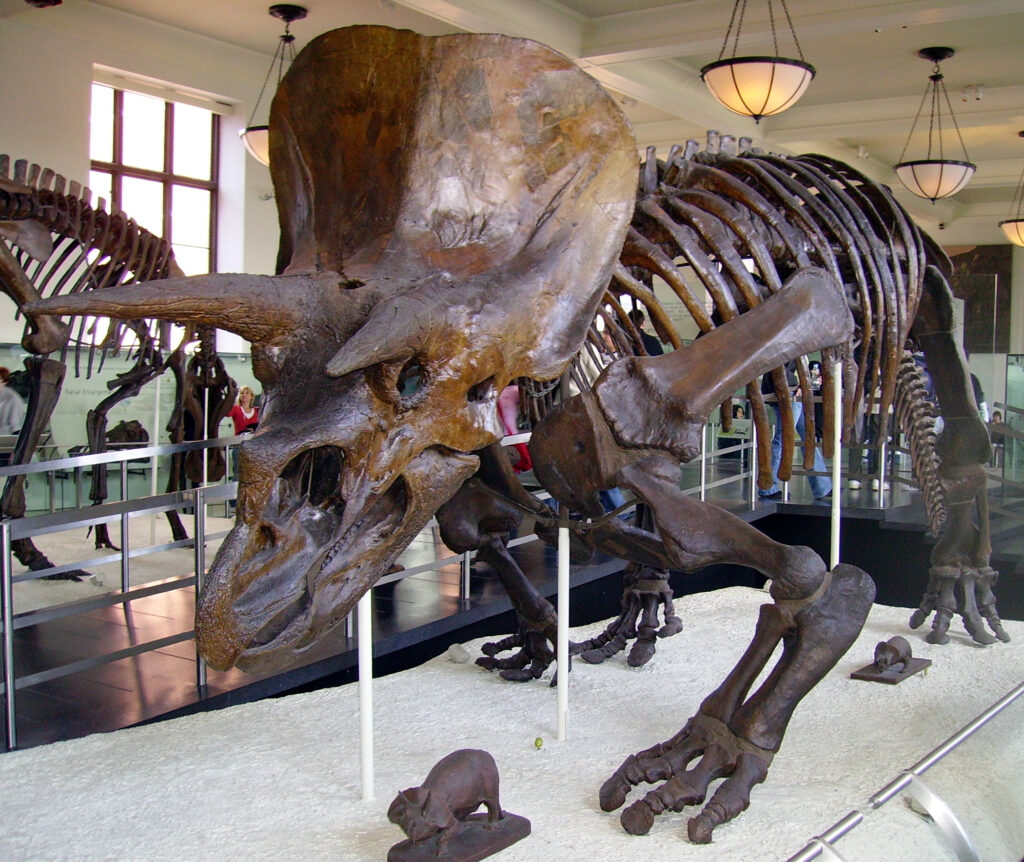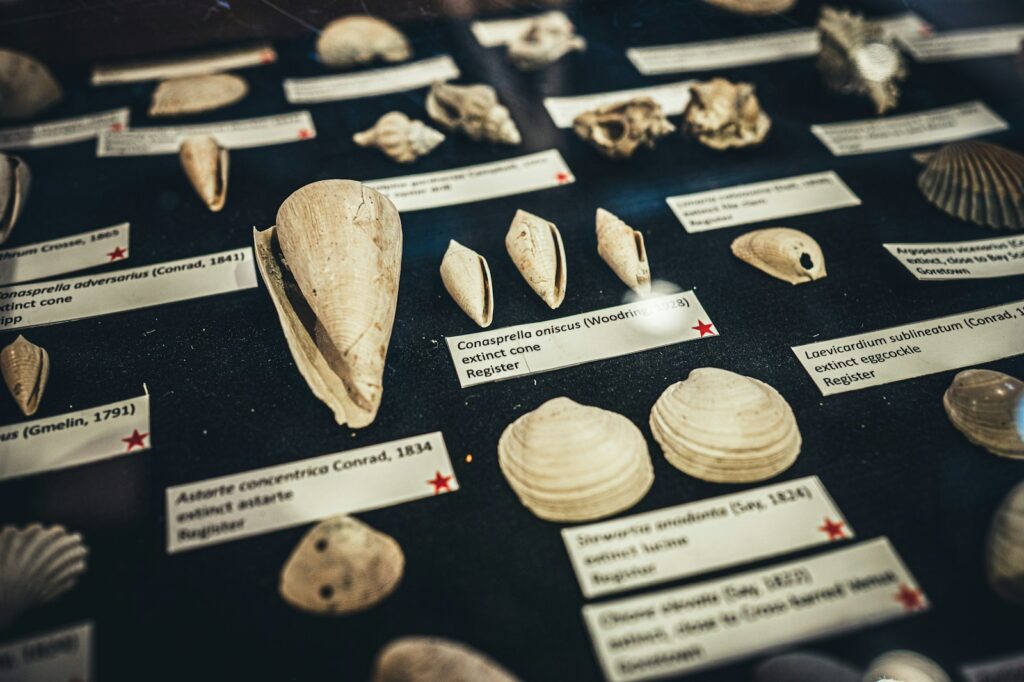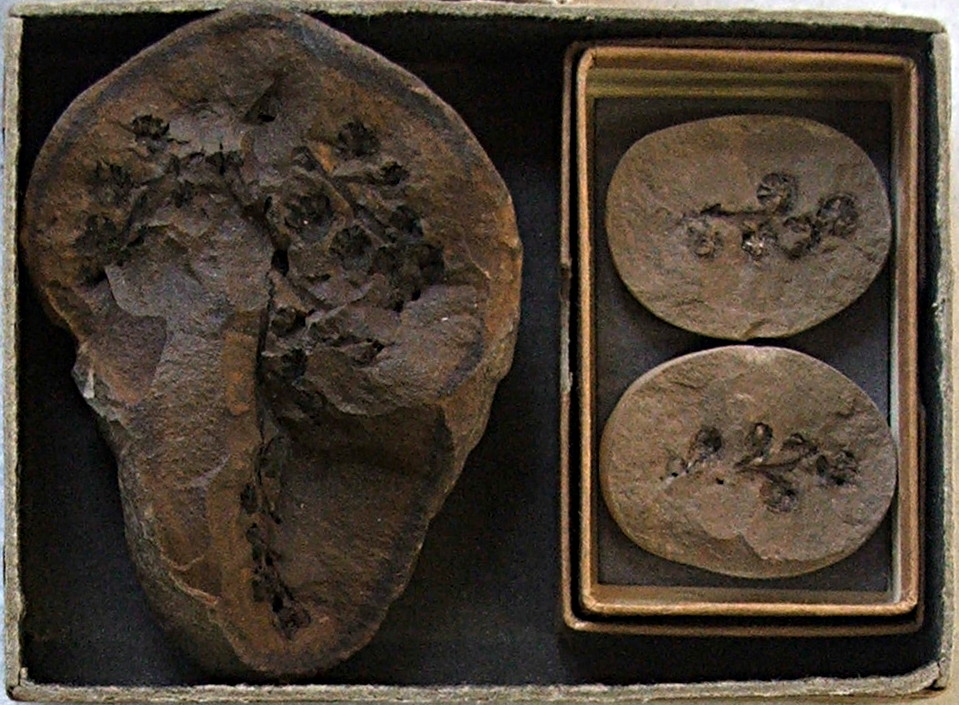Bones scattered along ancient riverbeds tell stories that span millennia, offering windows into past ecosystems that would otherwise remain hidden from scientific inquiry. These skeletal remains, whether from fish, amphibians, reptiles, mammals, or birds, serve as natural time capsules that preserve biological information and ecological relationships. In ancient riverbed ecosystems, bones weren’t merely the discarded remnants of deceased organisms but rather integral components of complex nutrient cycles and ecological processes. By examining these preserved remains, scientists can reconstruct entire food webs, track environmental changes, and understand how waterways functioned as critical habitats throughout Earth’s history. This exploration of paleontology, taphonomy, and ecological archaeology reveals how bones in ancient riverbeds contribute to our understanding of past environments and help inform our approach to modern conservation challenges.
The Taphonomic Journey of Riverbed Bones
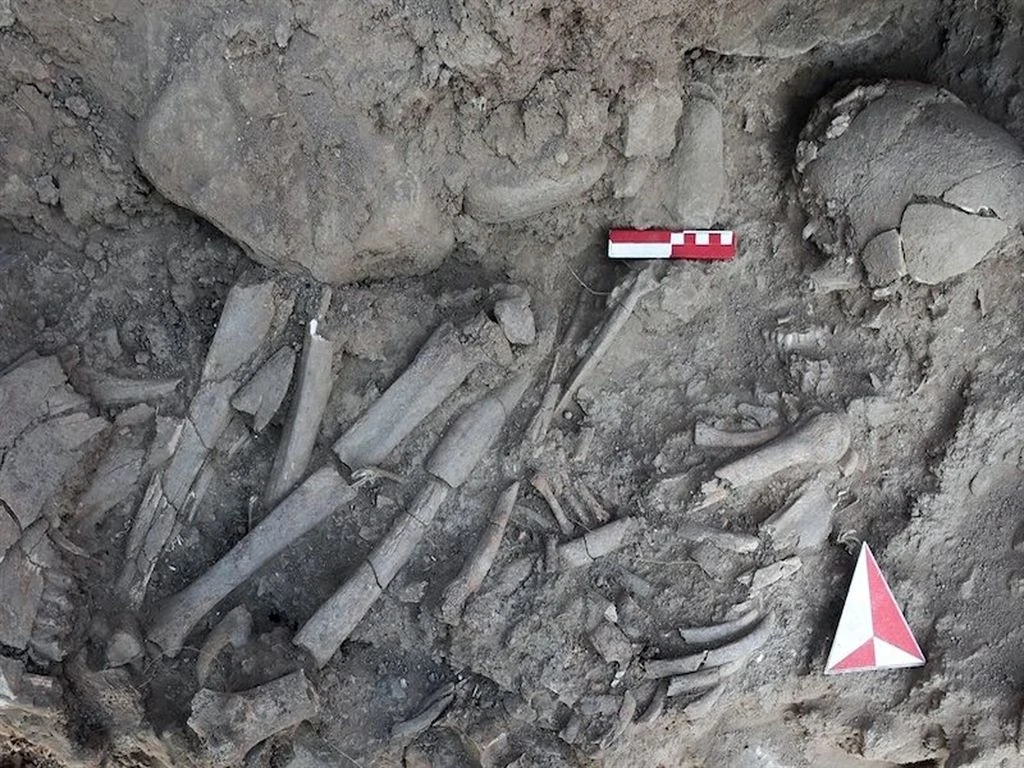
Bones that end up in riverbed sediments undergo a complex series of events collectively known as taphonomy—the study of how organisms decay and become fossilized. When animals die near or in water systems, their remains often become transported by currents, gradually disarticulating as soft tissues decompose. The physics of water flow creates distinctive patterns of bone distribution, with smaller, lighter elements traveling farther downstream while larger, denser bones remain closer to the site of death. Riverbed environments offer particularly favorable conditions for preservation due to rapid burial in sediments that protect bones from extensive weathering and scavenger activity. Additionally, the minerals present in groundwater can infiltrate bone tissue, replacing original organic materials through permineralization, effectively turning bones into stone while maintaining their microscopic structure. These taphonomic processes transform biological remains into geological entities that can persist for millions of years, creating invaluable records of ancient ecosystems.
Calcium Cycling and Nutrient Contribution
Bones in riverbed ecosystems play a crucial role in calcium cycling and nutrient distribution across landscapes. As skeletal remains break down over time, they release calcium, phosphorus, and other minerals into the surrounding environment, enriching sediments and supporting various biological processes. This nutrient release occurs gradually, providing a slow-release fertilizer effect that can influence plant growth patterns along riverbanks for decades or even centuries. In phosphorus-limited aquatic systems, bone-derived nutrients can stimulate algal growth and affect entire food chains, creating localized zones of enhanced productivity. Research has shown that areas with high bone concentrations often display distinctive vegetation patterns, with certain plant species thriving in these nutrient-enriched zones. This relationship between decomposing skeletal material and ecosystem productivity represents one of the most direct ways bones influence riverbed environments long after the death of the organism itself.
Microhabitats and Ecological Niches

Large bones deposited in riverbeds create important microhabitats that support diverse communities of organisms. In flowing water environments, bones alter hydraulic patterns, creating sheltered areas with reduced current velocity where small aquatic invertebrates can thrive. These bone-associated microhabitats become hotspots of biodiversity, offering attachment surfaces for algae, shelter for small fish, and feeding grounds for specialized invertebrates. Archaeological studies of ancient riverbeds have revealed distinct assemblages of species associated with bone accumulations, suggesting these structures functioned similarly to modern-day woody debris in creating habitat complexity. The porous structure of bone itself provides countless microscopic cavities that harbor bacteria, fungi, and other microorganisms specialized in breaking down organic compounds. Over time, these bone-dwelling communities undergo succession, with different species colonizing the remains as decomposition progresses through various stages, essentially creating miniature ecosystems within the larger riverbed environment.
Paleoenvironmental Indicators
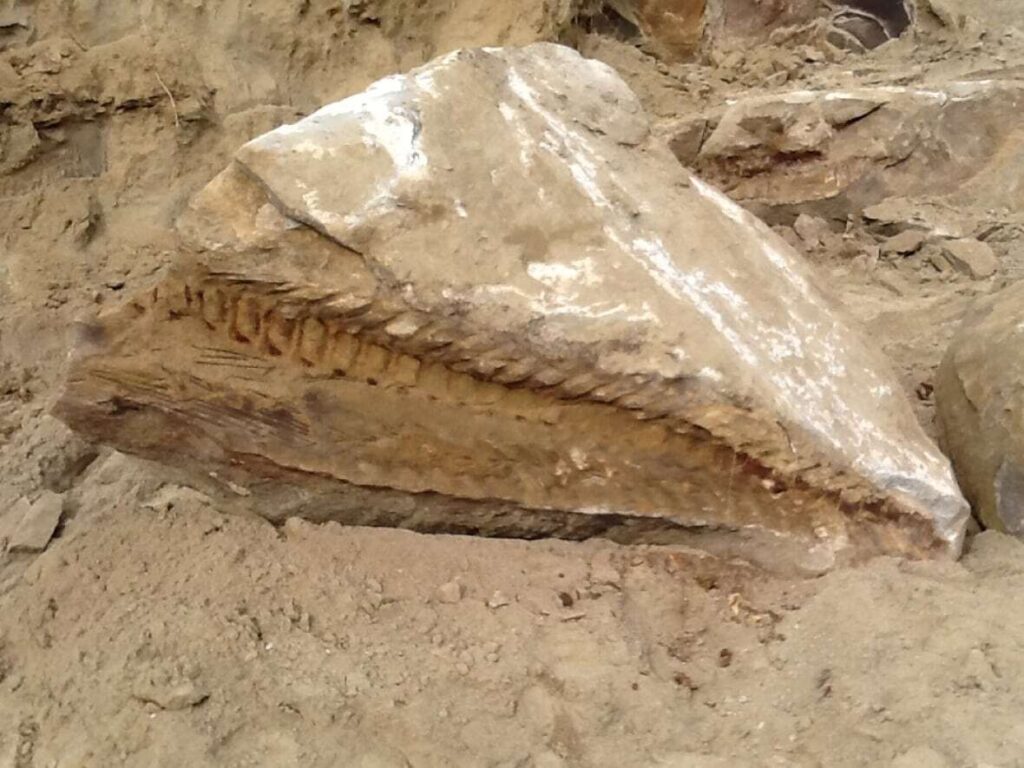
Bones preserved in ancient riverbeds serve as powerful indicators of past environmental conditions, allowing scientists to reconstruct prehistoric landscapes with remarkable accuracy. The species composition of bone assemblages provides direct evidence of which animals inhabited the region, while the condition and chemistry of the bones themselves offer clues about climate, water chemistry, and sedimentation rates. Isotopic analysis of bone material can reveal information about ancient temperatures, precipitation patterns, and even seasonal variations that affected the ecosystem. Growth rings visible in some bones, particularly those of fish and reptiles, record annual environmental fluctuations much like tree rings, providing chronological markers of climate change. Additionally, pathologies visible in fossil bones—such as infections, injuries, or developmental abnormalities—can indicate environmental stressors or disease patterns that affected populations. By analyzing these multiple lines of evidence from riverbed bone deposits, paleontologists can build comprehensive models of ancient environments that would be impossible to construct through other means.
Chronological Markers and Dating

Bones in riverbed sediments often serve as invaluable chronological markers that help scientists establish timelines for geological and ecological events. Through radiometric dating techniques, particularly radiocarbon dating for more recent specimens and uranium-series dating for older materials, researchers can determine when organisms lived and died with impressive precision. These dated bones create temporal frameworks that allow other aspects of the ecosystem to be placed in proper sequence, from climate shifts to species arrivals and extinctions. In some cases, bones from different sediment layers reveal succession patterns that occurred over thousands of years, documenting how riverine ecosystems responded to changing conditions. Flood events often create distinctive bone-bearing layers that serve as stratigraphic markers, enabling geologists to correlate sediments across different locations within the same river system. The combination of these dated skeletal remains with other evidence, such as pollen records and sediment composition, allows scientists to build comprehensive chronologies of environmental change in ancient riverbed ecosystems.
Food Web Reconstruction
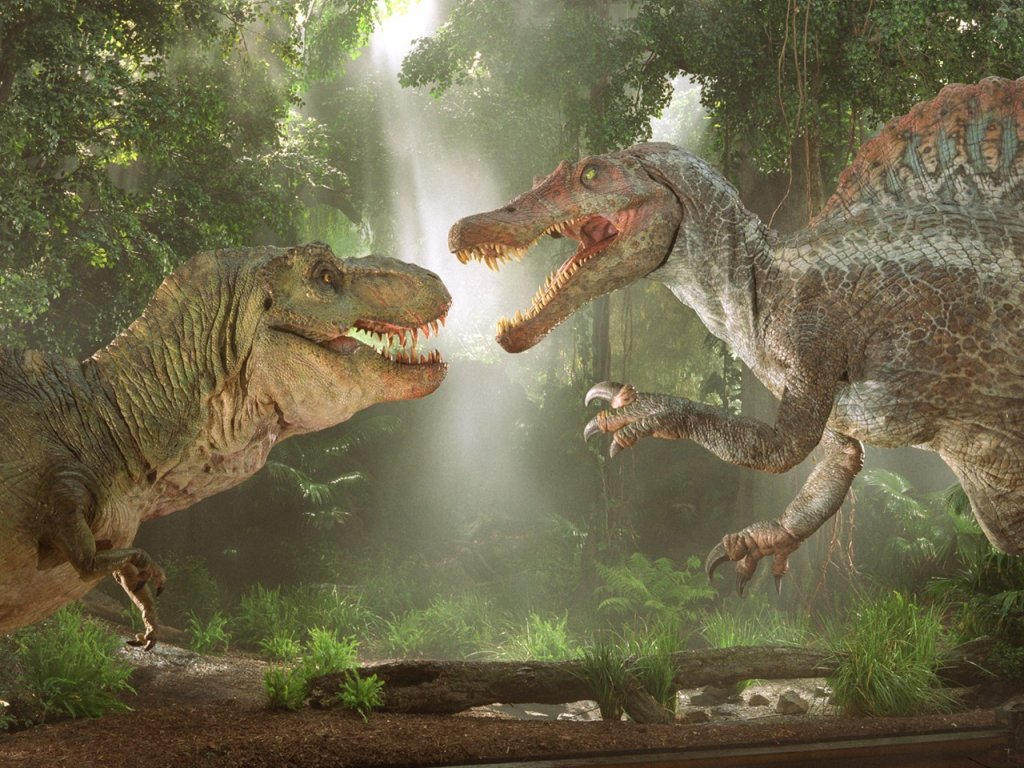
Bone assemblages in ancient riverbeds provide critical evidence for reconstructing past food webs and predator-prey relationships. Tooth marks, punctures, and distinctive break patterns on bones can reveal predation events frozen in time, showing which species hunted others and how they processed their prey. Chemical analyses of bone collagen through stable isotope studies allow scientists to determine trophic levels—essentially identifying which animals were primary consumers (herbivores), which were secondary consumers (carnivores), and which occupied intermediate positions in the food web. Bone accumulations sometimes contain multiple species in proportions that reflect natural community structure, providing direct evidence of relative population sizes within the ecosystem. Particularly telling are coprolites—fossilized feces—that often contain bone fragments, scales, and other indigestible parts that directly document feeding relationships. By piecing together these various lines of evidence from riverbed bone deposits, paleoecologists can visualize complex feeding networks that sustained ancient ecosystems, revealing how energy and nutrients flowed through prehistoric food webs.
Human Interaction and Modification
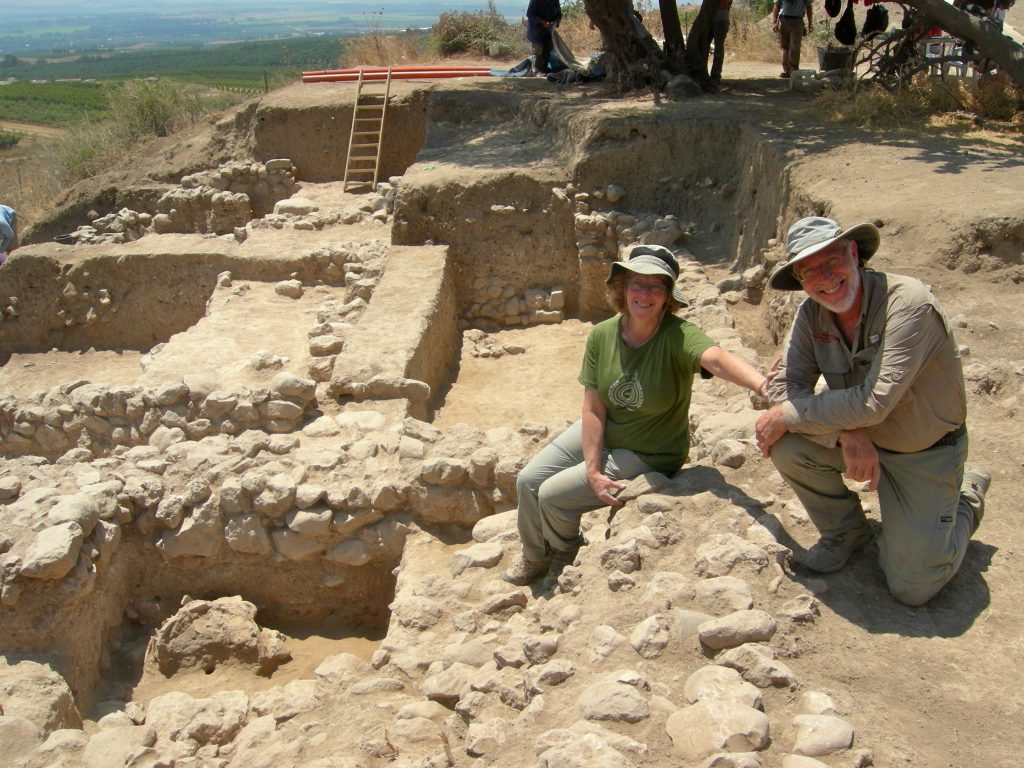
In many ancient riverbed contexts, bones bear evidence of human interaction that provides insight into how our ancestors utilized aquatic resources. Cut marks made by stone tools indicate butchery practices, while distinctive fracture patterns can reveal marrow extraction techniques employed by prehistoric peoples. Archaeological excavations of riverbed bone accumulations often uncover worked bone artifacts—tools, weapons, ornaments, and ritual objects—that demonstrate the technological and cultural importance of skeletal materials to past societies. Beyond direct tool use, human hunting and fishing activities created distinctive bone assemblages that differ from natural accumulations in terms of species selection, age profiles, and seasonal patterns. These anthropogenic bone deposits tell stories of human subsistence strategies, settlement patterns, and environmental impacts across millennia. In some locations, ritual deposition of bones in rivers created unique archaeological contexts, with specially arranged skeletal elements reflecting cultural beliefs about water, afterlife, and the spiritual significance of certain animals. By studying these human-modified bone assemblages alongside naturally accumulated remains, researchers gain a more complete understanding of how people interacted with and influenced ancient riverbed ecosystems.
Ecological Succession Recorded in Bone Beds
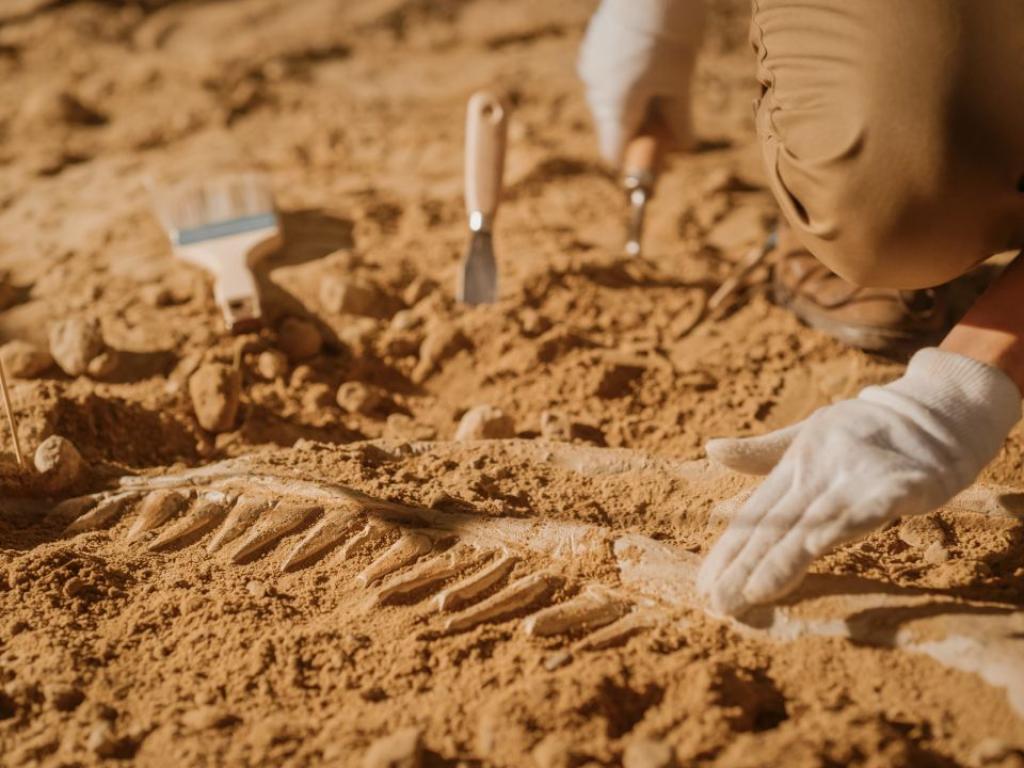
Stratified bone deposits in ancient riverbeds often record ecological succession patterns that occurred over extended time periods, providing evidence of how ecosystems evolved in response to changing conditions. Different layers of bone accumulation can demonstrate shifts in species composition, revealing how animal communities adapted to fluctuating environments over centuries or millennia. Particularly informative are transitions between distinct faunal assemblages that mark major ecological turning points, such as responses to climate change, habitat alteration, or the arrival of new species. Detailed examination of successive bone layers can document the gradual replacement of certain species by others, showing competitive dynamics and niche partitioning in action across evolutionary timescales. In some cases, bone beds record dramatic ecosystem collapses followed by recovery phases, providing valuable case studies in ecological resilience that inform modern conservation biology. The vertical distribution of bones through sediment profiles essentially creates a biological timeline that, when properly interpreted, reveals the dynamic nature of riverbed ecosystems and their capacity for both stability and transformation in the face of environmental challenges.
Biomechanical Insights from Preserved Structures
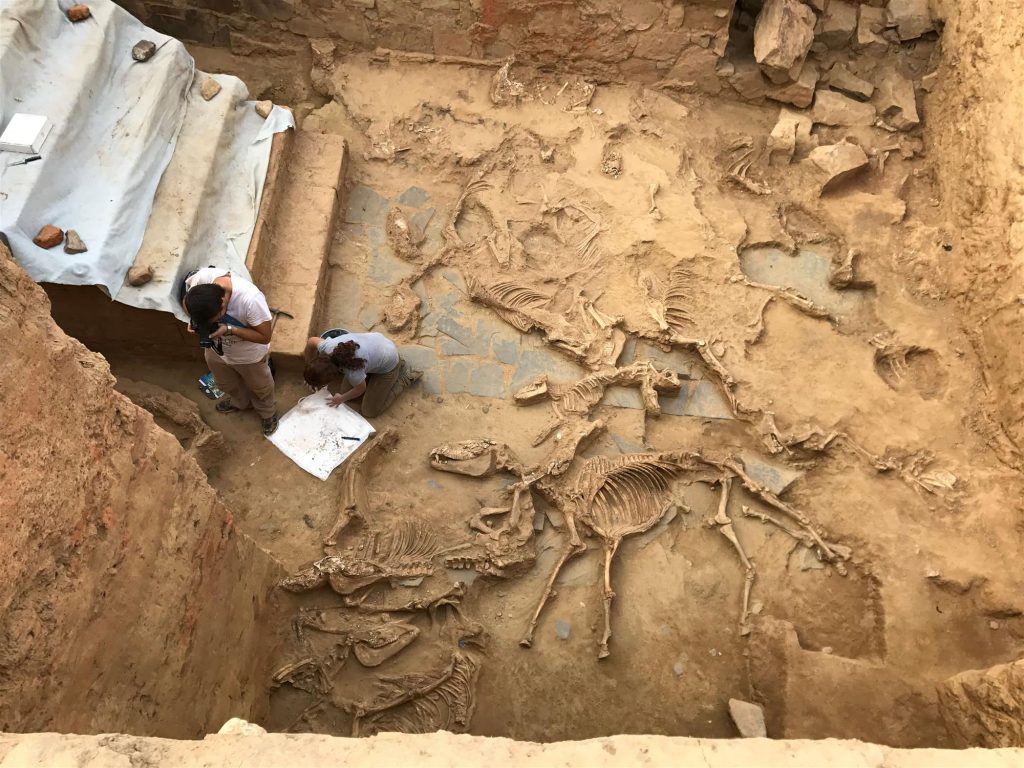
Well-preserved bones from ancient riverbeds offer valuable insights into the biomechanics and functional morphology of extinct species, revealing how animals moved through and interacted with their aquatic environments. Skeletal adaptations visible in fossil fish, amphibians, and semi-aquatic mammals demonstrate evolutionary solutions to the physical challenges of living in or near water. For example, the limb bones of ancient crocodilians show specialized features for both swimming and terrestrial locomotion, while the vertebrae of prehistoric fish reveal propulsion mechanisms adapted to different current conditions. These preserved structures allow scientists to create biomechanical models that simulate how extinct animals navigated riverine habitats, including their swimming efficiency, diving capabilities, and terrestrial mobility. Comparative studies between bones of different species often reveal convergent adaptations—similar solutions that evolved independently in unrelated lineages facing comparable environmental challenges. Microscopic examination of bone internal structure provides additional information about loading patterns and stress distribution, indicating whether animals were adapted for speed, power, or endurance in aquatic settings. By combining these biomechanical insights with ecological data, researchers can develop comprehensive understandings of how ancient riverbed ecosystems functioned as integrated networks of specialized organisms.
Disease and Health Indicators

Bones recovered from ancient riverbeds often preserve evidence of diseases, parasites, and injuries that affected animals thousands or millions of years ago, providing valuable data on the health challenges faced in these ecosystems. Pathological conditions visible in fossil bones include infections, arthritis, tumors, and healed fractures, each telling a story about an individual animal’s life experiences and survival capabilities. Population-level analysis of these pathologies can reveal patterns of disease prevalence that might indicate environmental stressors, such as periods of resource scarcity or water contamination. Certain parasites leave distinctive marks on bones, particularly those that target the skeletal system, providing evidence of host-parasite relationships that existed in ancient waterways. Developmental abnormalities preserved in juvenile specimens may indicate genetic stress, nutritional deficiencies, or exposure to environmental toxins that affected reproductive success within populations. Comparative studies of pathology rates between different bone beds can demonstrate how health conditions varied across different time periods or geographic locations within riverine systems. These paleopathological analyses contribute significantly to our understanding of the biological challenges that shaped evolution and population dynamics in ancient riverbed ecosystems.
Climate Change Records in Bone Chemistry
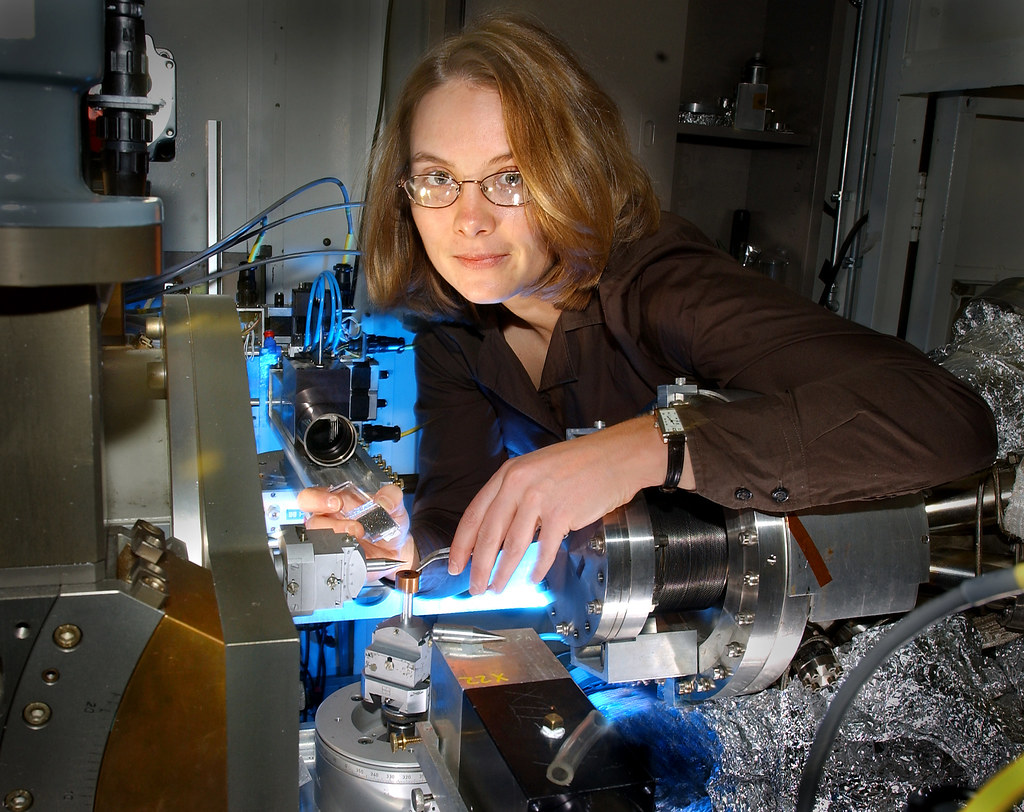
The chemical composition of bones preserved in ancient riverbeds contains detailed records of past climate conditions that influenced those ecosystems. Oxygen isotope ratios in bone apatite reflect temperature and precipitation patterns during an animal’s lifetime, essentially recording climate signatures that remained locked in skeletal tissues for millennia. Carbon isotopes preserved in bone collagen provide information about vegetation types and photosynthetic pathways dominant in the environment, distinguishing between forests, grasslands, and intermediate habitats that existed along ancient waterways. Trace elements incorporated into bone mineral during an animal’s lifetime can indicate water chemistry, sediment composition, and even seasonal fluctuations in environmental conditions. Serial sampling along growth structures in bones can reveal seasonal patterns and climate trends that occurred during an individual’s lifetime, providing high-resolution environmental data at annual or even monthly scales. When analyzed across multiple specimens and stratigraphic layers, these chemical signatures create continuous climate records spanning thousands of years, documenting how riverbed ecosystems responded to gradual shifts or abrupt changes in temperature, precipitation, and seasonality throughout Earth’s history.
Conservation Paleobiology and Modern Applications
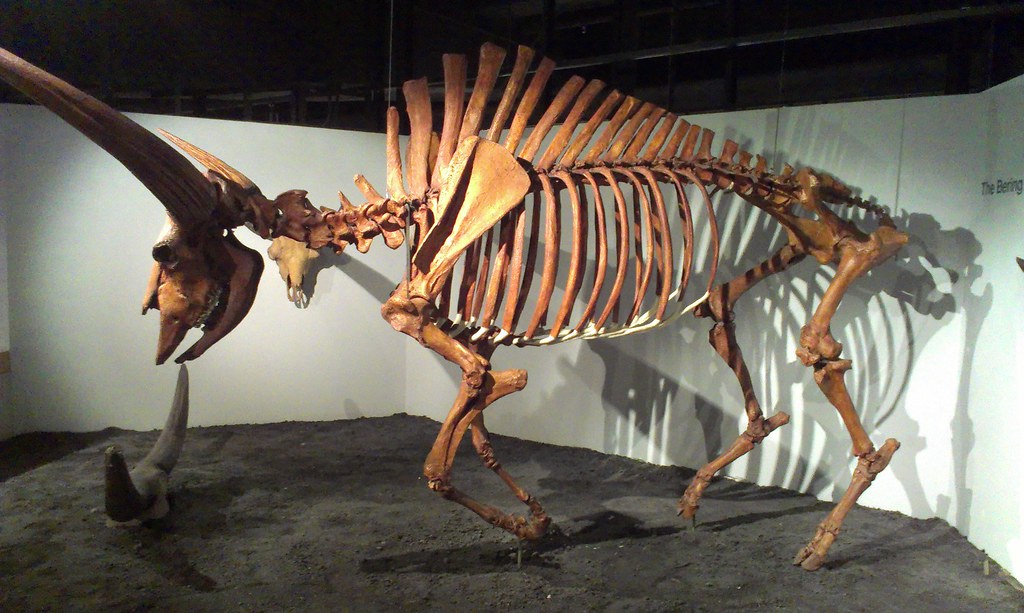
The study of bones in ancient riverbed ecosystems has developed important applications in conservation biology, creating a bridge between paleontology and modern environmental management. By establishing baseline conditions that existed before human impacts became significant, bone assemblages from ancient riverbeds help conservationists set appropriate restoration targets for degraded waterways. Long-term records preserved in bone beds reveal how species responded to past climate changes, providing case studies that inform predictions about biodiversity responses to current global warming trends. Extinction patterns visible in riverbed fossil records demonstrate which species proved most vulnerable to environmental perturbations, offering insights into which modern species might require special protection under similar stresses. The study of how historical riverbed ecosystems recovered from natural disturbances provides models for restoration ecology, suggesting timeframes and succession patterns that might be expected following habitat rehabilitation efforts. Conservation paleobiology uses these ancient bone records to address pressing questions about ecological resilience, helping resource managers understand the range of natural variability in riverine systems and distinguish between natural fluctuations and anthropogenic impacts that require intervention.
Methodological Advances in Riverbed Bone Analysis
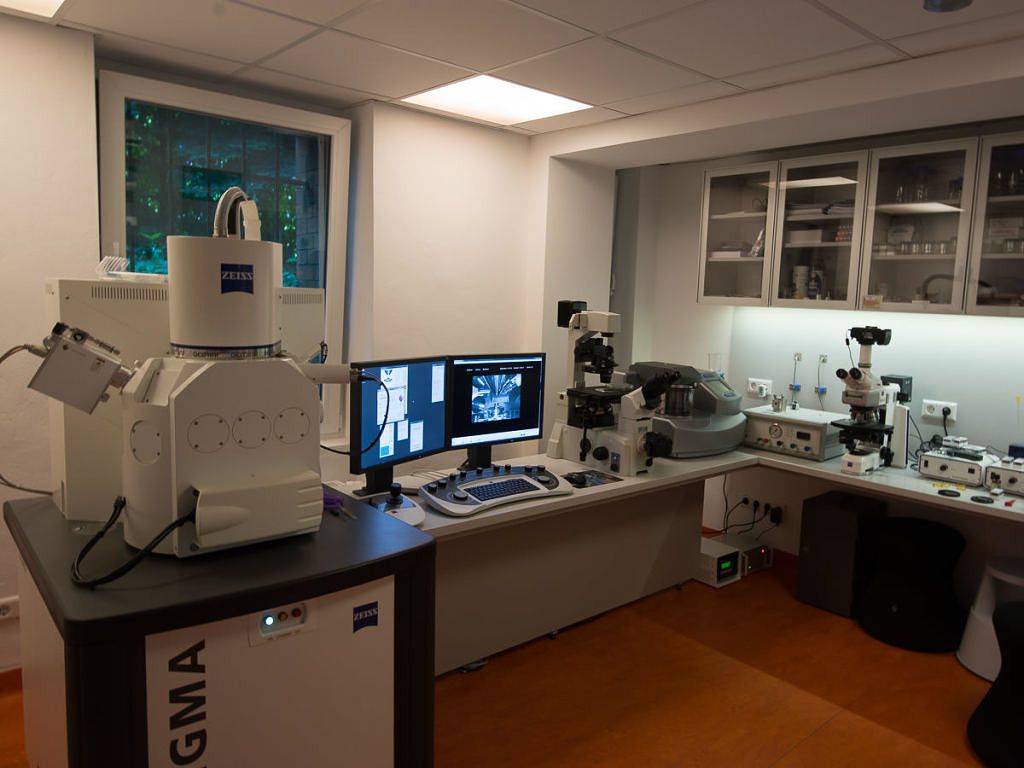
Scientific understanding of bones in ancient riverbed ecosystems has advanced dramatically in recent decades due to innovative analytical techniques that extract more information from these remains than ever before. High-resolution 3D scanning and computational modeling now allow researchers to examine internal bone structures without destructive sampling, revealing growth patterns and biomechanical properties with unprecedented detail. Ancient DNA extraction from well-preserved riverbed specimens provides genetic information about extinct species and population structures, including evolutionary relationships that cannot be determined from morphology alone. Synchrotron imaging techniques can reveal chemical maps of bone composition at microscopic scales, showing how elements were distributed within tissues and providing clues about metabolism, diet, and environmental exposure. Machine learning algorithms applied to large datasets of bone measurements help identify subtle patterns that distinguish between natural and anthropogenic bone accumulations or detect species-specific signatures in fragmented remains. Portable analytical tools now allow preliminary assessment of bone chemistry in field settings, enabling more strategic sampling and preservation of valuable specimens. These methodological advances continue to transform our ability to interpret the rich information contained in riverbed bone assemblages, opening new windows into the past while helping to address pressing questions about ecosystem function and environmental change.
## Conclusion
The bones that lie preserved in ancient riverbed sediments represent far more than mere remnants of deceased organisms—they constitute sophisticated information systems that document ecological relationships, environmental conditions, and evolutionary processes across deep time. As silent witnesses to prehistoric waterways, these skeletal archives reveal how riverbeds functioned as dynamic ecosystems that supported diverse communities of organisms while responding to changing conditions. The multidisciplinary study of these remains combines insights from paleontology, geochemistry, archaeology, and ecology to reconstruct complex interactions between biological communities and their environments. By continuing to develop new methods for analyzing riverbed bone deposits, scientists expand our understanding of Earth’s ecological history while gaining valuable perspectives on how modern ecosystems might respond to current environmental challenges. In this way, the bones of ancient riverbeds connect past and present, offering lessons from extinct ecosystems that may prove crucial for preserving biodiversity in our rapidly changing world.



